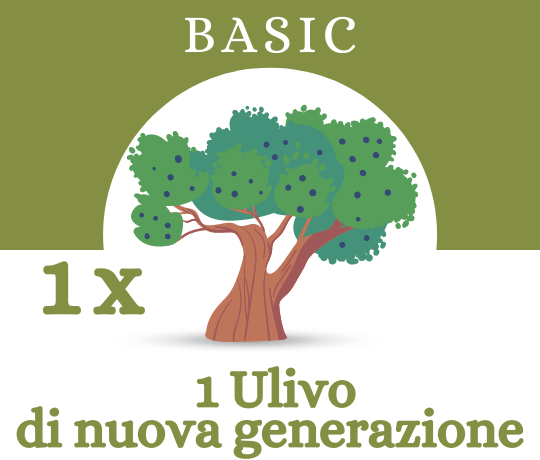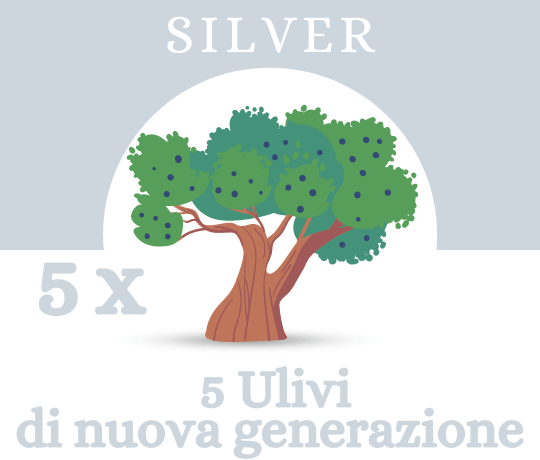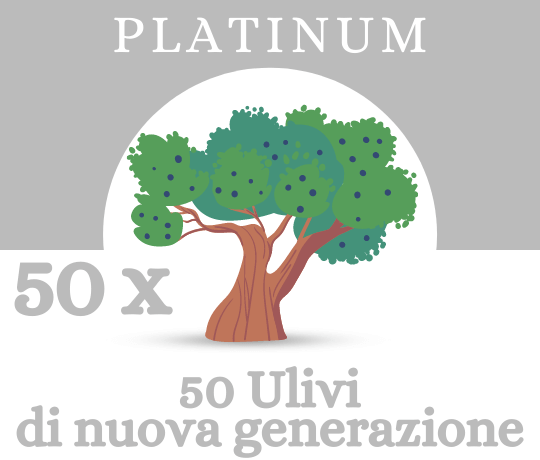INTRODUCTION
The Fs-17 was born as an Italian clonal rootstock of olive trees, a variety known more simply as Favolosa ; has been gaining momentum in recent years, given its proven resistance to the Xylella bacterium . In particular, it is very widespread in the areas of central Italy.
Given its characteristics, the Favolosa variety is suitable for both high-intensity olive growing and cultivation for traditional plants.
Compared to the Leccino variety, the Favolosa has a greater resistance to the bacterium which caused the end of the huge expanses of olive trees that characterized the Apulian territory.
Aesthetically, it is distinguished from Leccino for a tendentially pendulous bearing and thin, long, flexible fruit-bearing branches laden with olives that often grow in clusters .
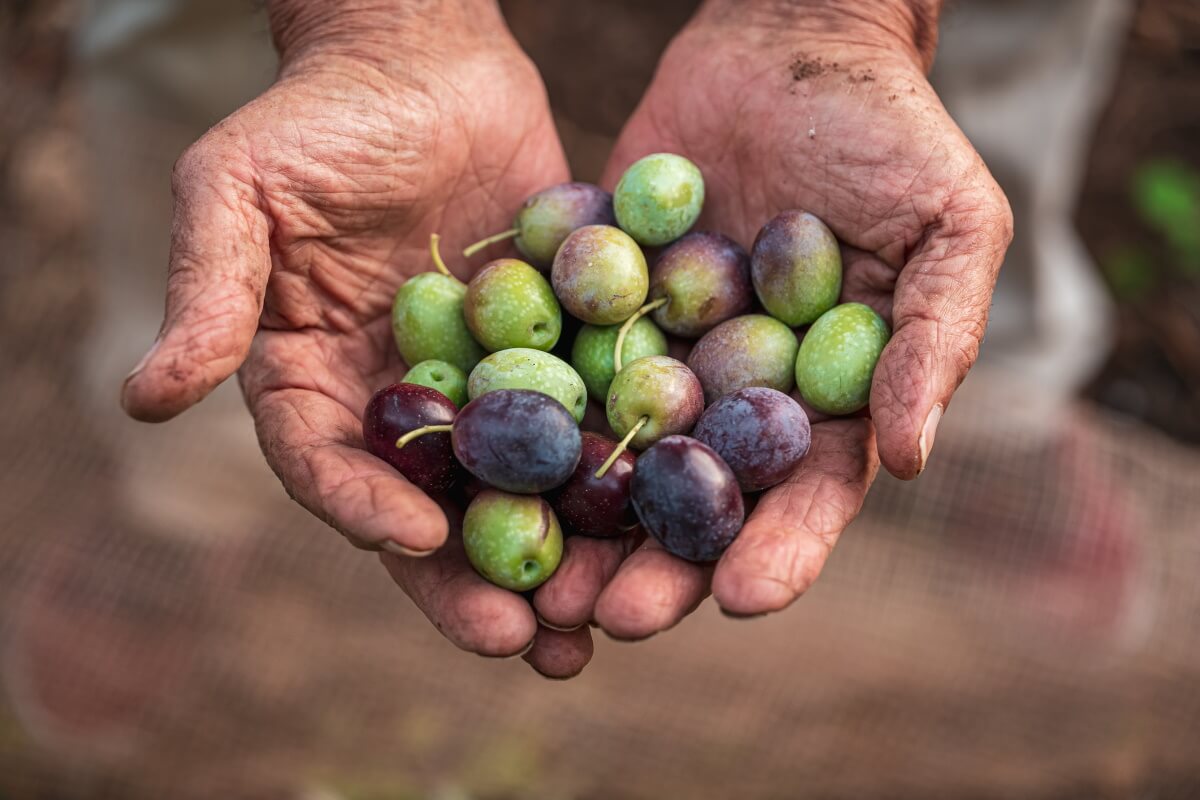
WHY ADOPT A FABULOUS OLIVE TREE?
A strong point of this plant is the rapid growth and fruiting; it can boast of this advantage starting from the second year of planting, because new branches are formed with a predisposition to generalized productivity; to further obtain an increase in production, until reaching an optimal level, it is necessary to wait at least the fourth year of planting.
From the pressing of the olives we obtain an extra virgin olive oil with a fruity taste, quite intense, with small notes of spicy that prevails over the bitterness.
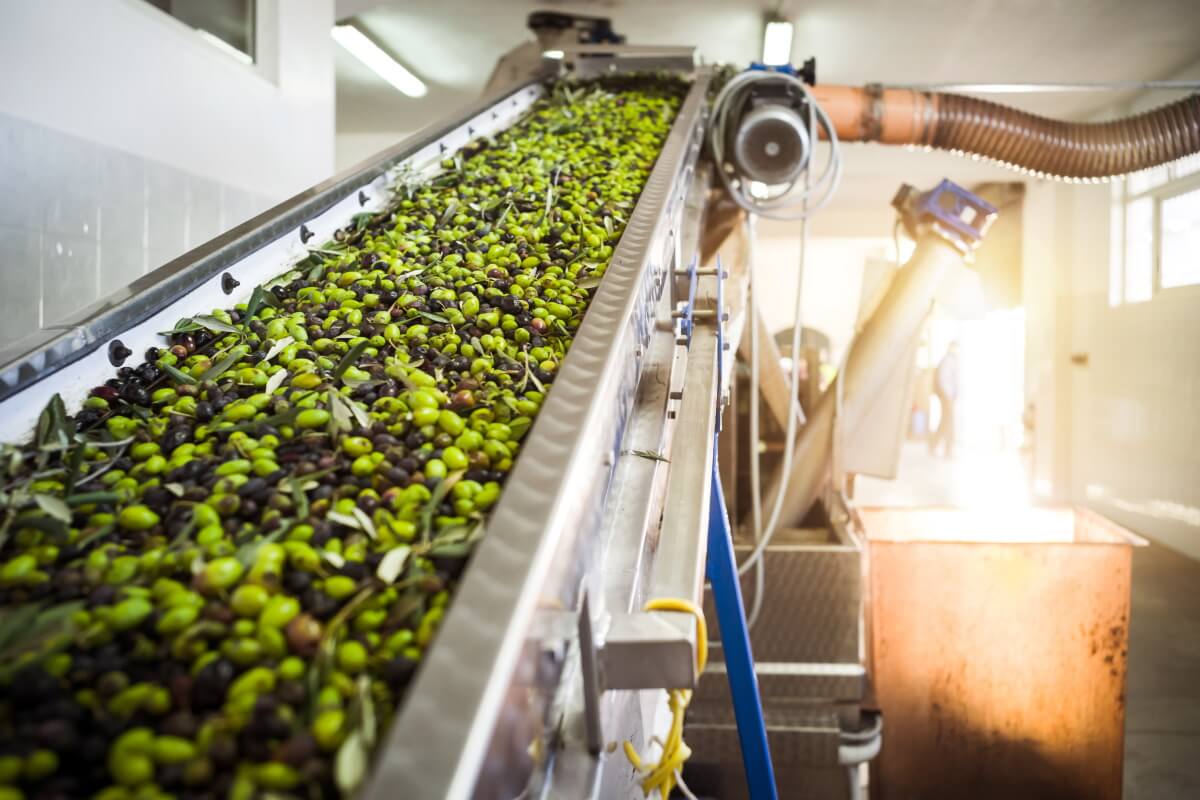
CULTURAL TECHNIQUES
Exposure
The Favolosa olive tree adapts to many climates , regardless of the soil and climatic conditions, but does not resist cold and water stress. It is characterized by good resistance to abiotic factors and parasites , as well as being resistant to the Xylella bacterium.
Watering
The fabolosa is an olive tree that does not need large quantities of water , on the contrary, it ripens quietly in dry soil. Irrigation is carried out to obtain better productions .
Watering must be regular , so as to allow the soil to absorb water before the next watering takes place.
Pruning
Fundamental for the life of the olive tree is the pruning phase, from which it is possible to obtain different advantages depending on whether it is an ornamental olive tree or a production olive tree.
The first needs a pruning because dry or diseased branches must be eliminated .
For the production olive tree it is necessary to eliminate only the branches that have borne fruit to ensure that the young ones can branch out.
As for the table variety, the thinning of the fruit allows to obtain larger fruits, without altering the production.
To ensure that older plants can renew themselves , by growing new branches in place of the exhausted ones, it is necessary to carry out a reconstruction or rejuvenation pruning.
Fruit
The fruit produced by this variety is of medium size, of a vinous red color. It is possible to obtain an excellent quality oil : it is characterized by a medium-high content of polyphenols and a high content of volatile substances that give it a fruity taste.
Harvest
On average, the productivity obtainable from this variety is high , and the fruit production is constant.
About 18% oil yield can be obtained from this variety, a slightly lower percentage than that obtained from Leccino.
Harvesting can be done by hand : it is necessary to shake the branches and foliage with the poles, in such a way as to drop the fruits on the nets previously spread under the olive trees.
Once harvested, the fruits must be stored in a well ventilated place and in not very thick layers.

